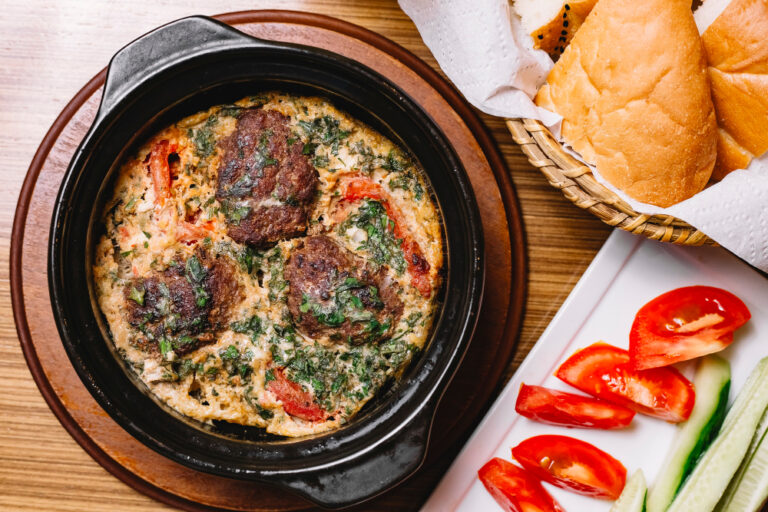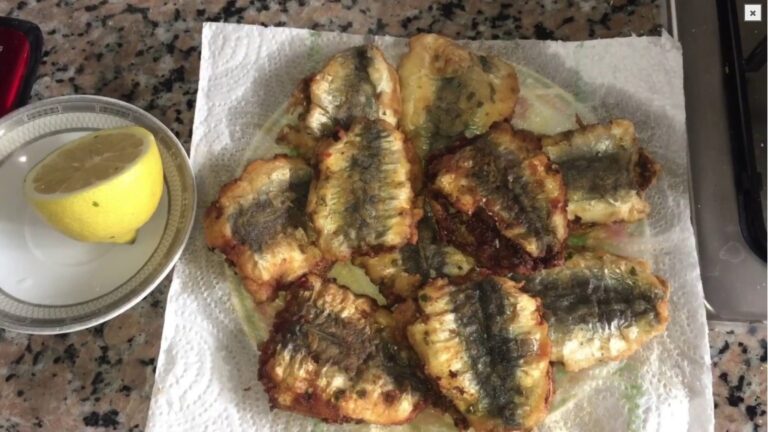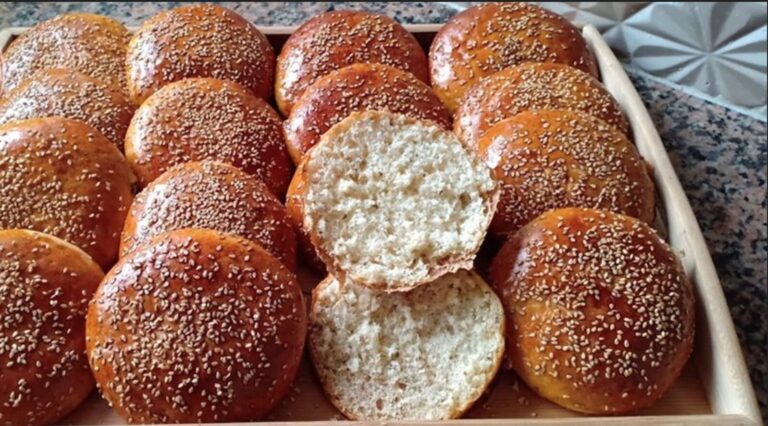
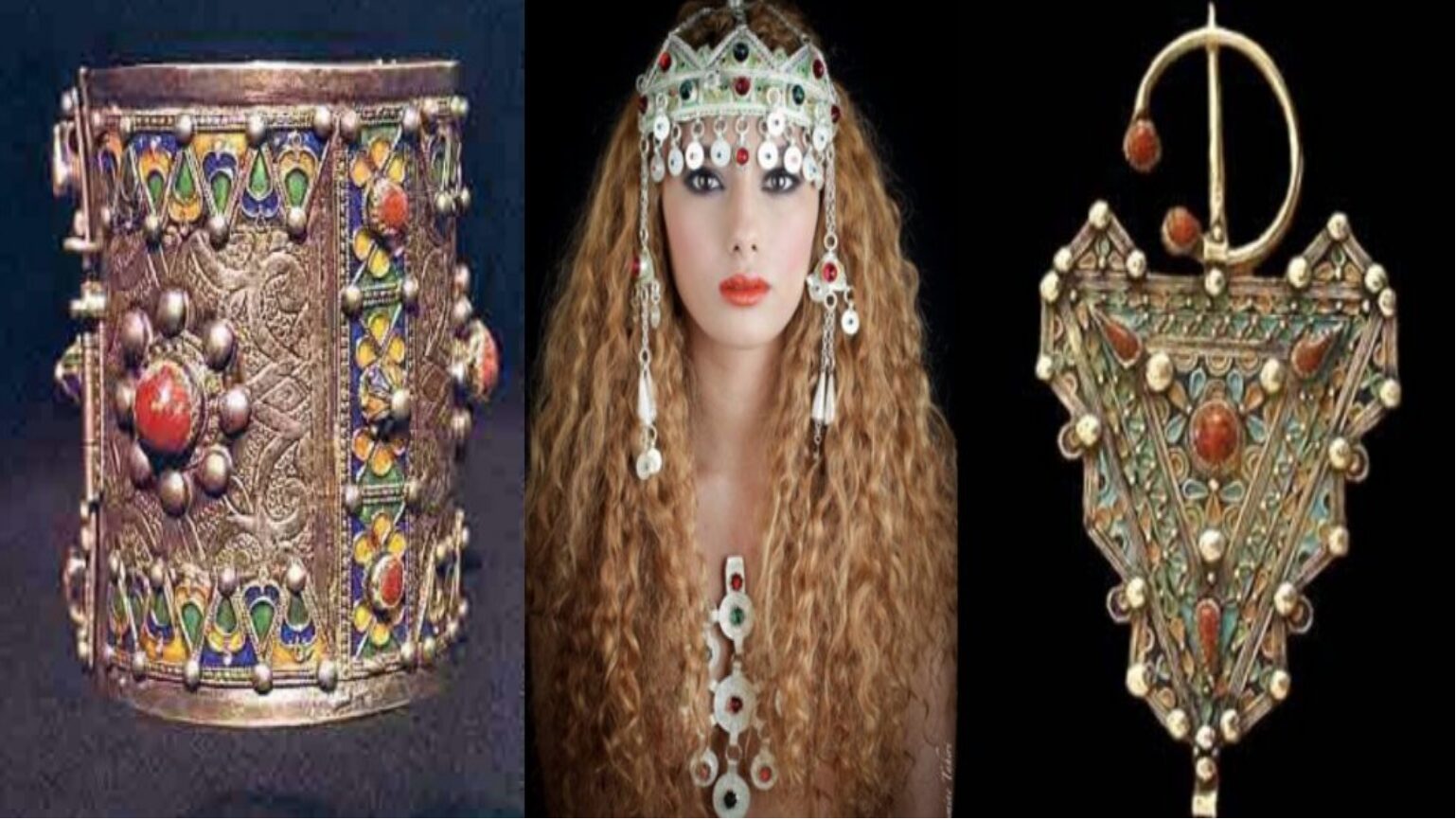
When you travel through Morocco, from the High Atlas Mountains to the golden dunes of the Sahara, one detail immediately captures the eye: the dazzling, symbolic, and colorful jewellery worn by Amazigh women. The Jewellery of the Berber cultures is more than just decoration—it is a language of identity, history, and spirituality passed down for centuries.

Made from silver, adorned with coral, amber, and enamel, these pieces tell stories of love, protection, and community. In this blog, we’ll explore the origins, beauty, and meaning of Berber jewellery, and why it remains one of the most fascinating cultural treasures Morocco has to offer.
Overview of the Jewellery of the Berber Cultures

The Berbers, or Amazigh, are the Indigenous people of North Africa, with a history stretching back thousands of years. Their jewellery is one of the most distinctive and recognizable aspects of their culture. Unlike gold jewelry that became popular in urban areas, the Amazigh traditionally favored silver, a metal associated with purity and protection.
Jewellery of the Berber cultures often features:
- Geometric patterns symbolizing fertility, protection, or tribal belonging.
- Amulets and talismans believed to ward off the evil eye.
- Bright colors from coral, amber, and enamel representing nature and vitality.
- Large, bold designs, worn especially during weddings and festivals.
The pieces were not only for beauty but also carried social and symbolic meaning. For example, certain designs indicated the tribe a woman belonged to, her marital status, or her wealth.
You can learn more about the Berbers and their cultural heritage through both history and living traditions across Morocco.
Must-See Experiences with Berber Jewellery in Morocco
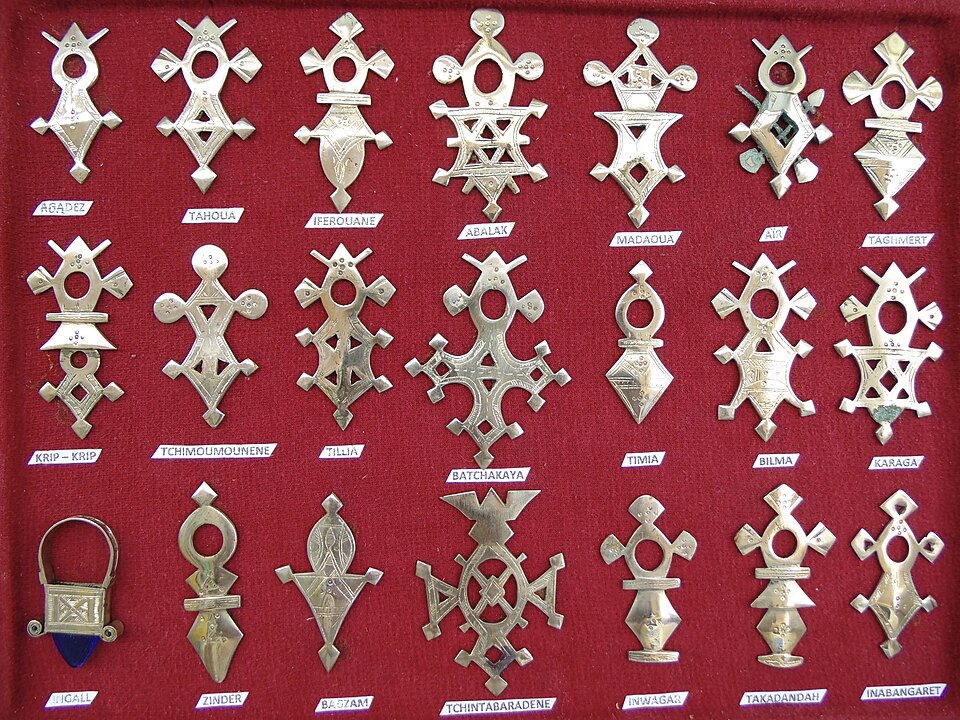
1. Local Souks and Markets
The best way to encounter authentic Berber jewellery is by visiting traditional souks in cities like Marrakech, Fez, and rural markets in the Atlas Mountains. Here, silversmiths still create pieces by hand, using techniques passed down for generations.
2. The Museum of Moroccan Arts and Crafts
In Rabat and Marrakech, museums often display ancient Berber jewellery collections, offering insight into its symbolism and regional variations.
3. Weddings and Festivals
Berber jewellery shines brightest during celebrations. At Amazigh weddings, brides are adorned with intricate headpieces, fibulae (brooches), and necklaces, symbolizing protection and fertility.
4. Artisan Workshops
Some cooperatives and artisan workshops in the Atlas Mountains allow visitors to watch silversmiths at work, or even purchase custom pieces.
5. Regional Variations
- South Morocco (Anti-Atlas): Known for fibulae and heavy silver pieces.
- Middle Atlas: Famous for its enamel work and coral decoration.
- Sahara tribes: Jewellery is often more minimal, reflecting desert life.
Travel Tips and Cultural Insights

- Buying Tips: When shopping in Moroccan souks, always ask about the material. Authentic Berber jewellery is usually made of silver. Beware of cheaper imitations.
- Cultural Respect: These items are deeply symbolic. While it’s wonderful to buy them as souvenirs, wearing them with respect to their meaning is important.
- Best Time to Discover: Summer festivals in the Atlas and Sahara regions often showcase traditional jewellery.
- Language Note: In Amazigh culture, jewellery is often referred to as “tizerzai” (bracelets), “tikhmatin” (rings), and “tizerin” (necklaces).
- Negotiation: Bargaining is part of Moroccan market culture—approach it with respect and a smile.
Traveler Stories: First Encounters with Berber Jewellery
Sophie, a traveler from France, recalls:
“In the souk of Marrakech, I was drawn to a silver necklace decorated with red coral. The seller explained it was a traditional Amazigh piece for protection. It felt like more than jewellery—it was a story I could wear.”
Ahmed, a local artisan from the Middle Atlas, explains:
“When we make jewellery, we are not just working with metal. Every design has meaning—triangles for fertility, circles for protection, and spirals for eternity. This is how we keep our culture alive.”
Future Travel Recommendations and Seasonal Insights
- Summer Festivals: The Imilchil Marriage Festival in the Atlas Mountains is one of the best times to see Amazigh brides adorned in full traditional jewellery.
- Autumn and Spring Trips: Cooler weather makes it ideal to visit rural markets and artisan villages.
- Special Exhibitions: Keep an eye out for exhibitions in Marrakech and Rabat that often display rare, antique Berber pieces.
FAQ: Jewellery of the Berber Cultures
Why is Berber jewellery mostly made of silver?
Silver is associated with purity, protection, and connection to the spiritual world, making it more significant than gold in Berber traditions.
What do the symbols in Berber jewellery mean?
Geometric symbols often represent fertility, protection, tribal identity, or nature. For example, triangles symbolize femininity and fertility.
Where can I buy authentic Berber jewellery?
The best places are traditional souks in Marrakech, Fez, or artisan villages in the Atlas Mountains. Museums also have curated collections for study.
Is Berber jewellery still worn today?
Yes. It continues to be worn at weddings, festivals, and special occasions, and remains a proud marker of Amazigh cultural identity.
Can travelers wear Berber jewellery?
Absolutely—travelers often buy and wear Berber jewellery. Just remember to wear it respectfully and appreciate the cultural meaning behind it.
Conclusion
The Jewellery of the Berber cultures is more than art—it is a living tradition that reflects history, identity, and spirituality. From the silver fibulae that fasten traditional dresses to the colorful coral necklaces that tell stories of fertility and protection, every piece carries a heritage stretching back centuries.
For travelers, exploring Berber jewellery means more than shopping for souvenirs. It’s an opportunity to connect with Morocco’s Indigenous culture, learn from artisans, and carry home a piece of history.
So next time you wander the souks of Marrakech or visit the villages of the Atlas, take a closer look at the shimmering silver pieces—you’ll find the stories of Morocco engraved in them.
-Ready to discover more about Morocco’s traditions? Keep exploring with skiesofmorocco and let the jewellery, culture, and landscapes inspire your next adventure.

